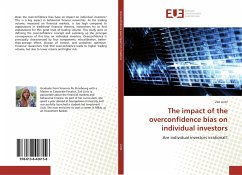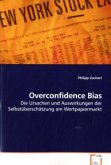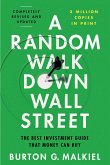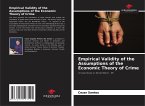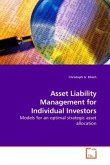Does the overconfidence bias have an impact on individual investors? This is a key aspect in behavioral finance researches. As the trading volume, measured on financial markets, is too high compared to expectations in traditional financial theories, researchers try to find explanations for this great level of trading volume. This study aims at defining the overconfidence concept and summing up the principal consequences of this bias on individual investors. Overconfidence is principally characterized by four components: miscalibration, better-than-average effect, illusion of control, and unrealistic optimism. Financial researchers find that overconfidence leads to higher trading volume, but also to lower returns and higher risk.

